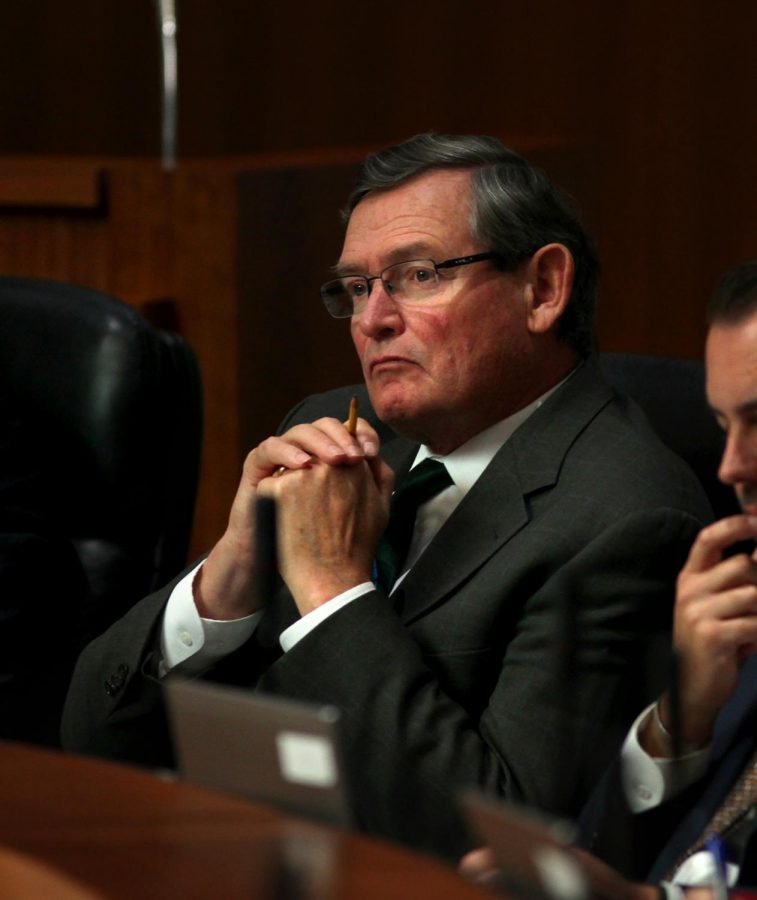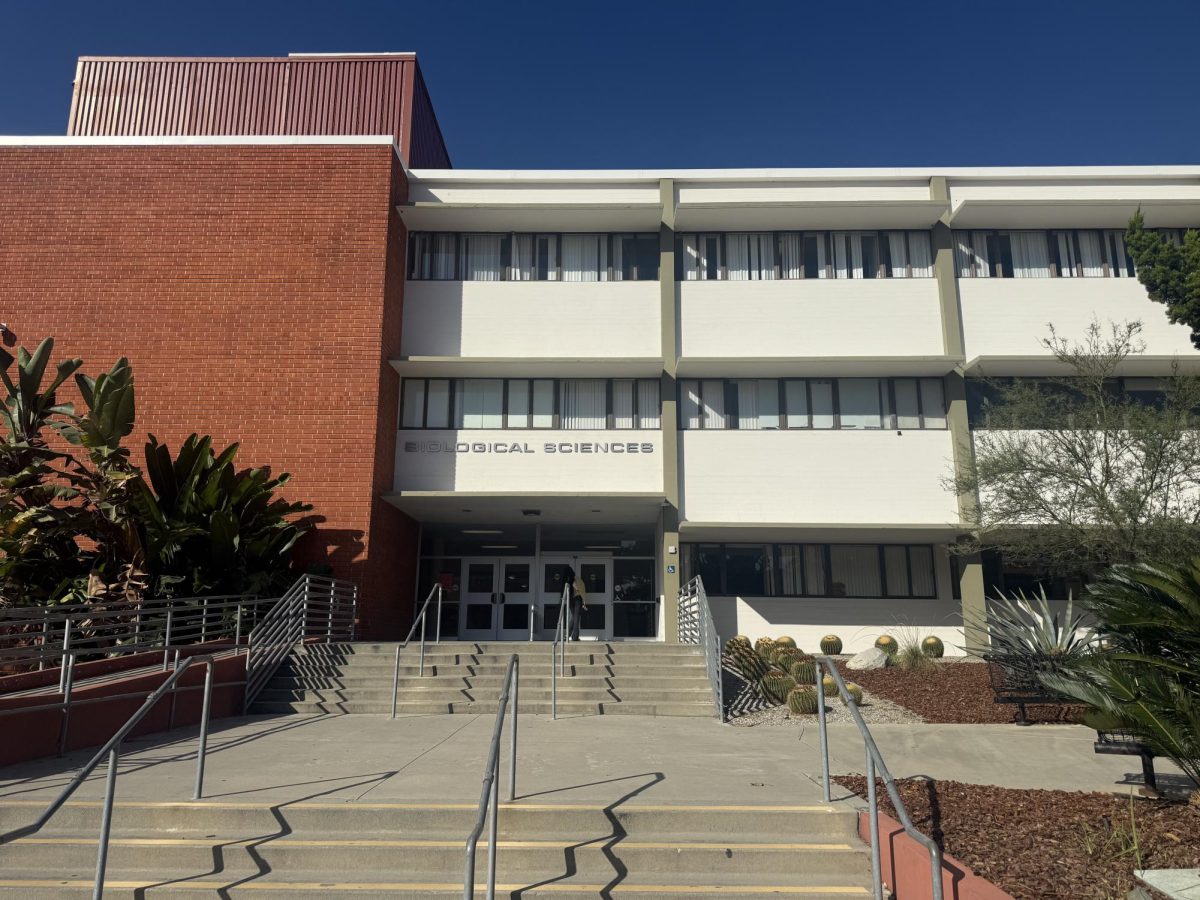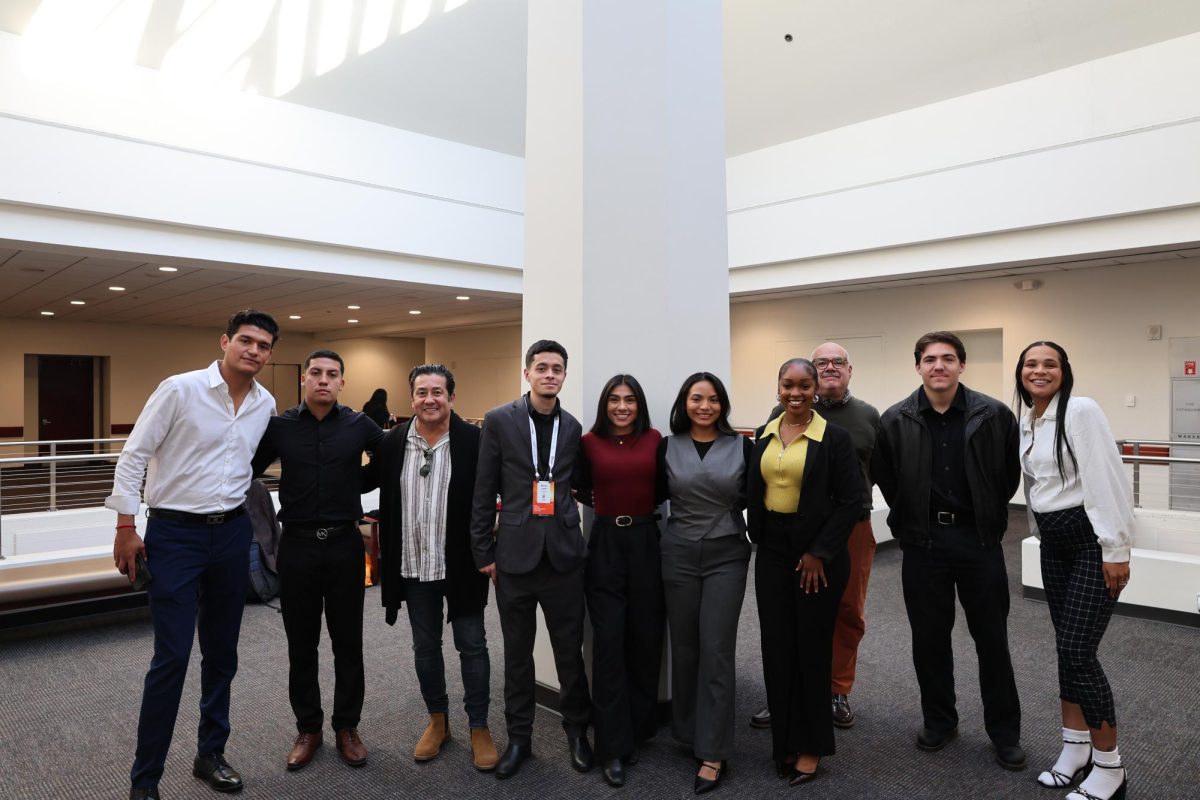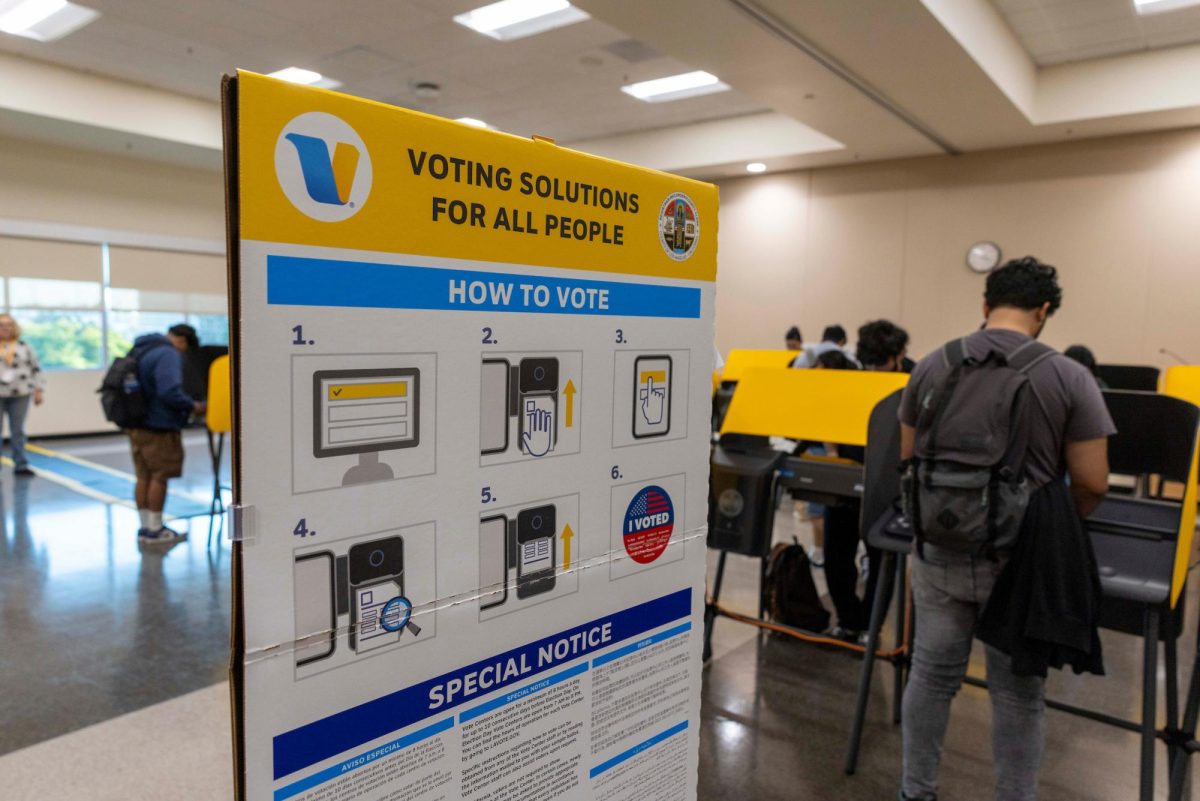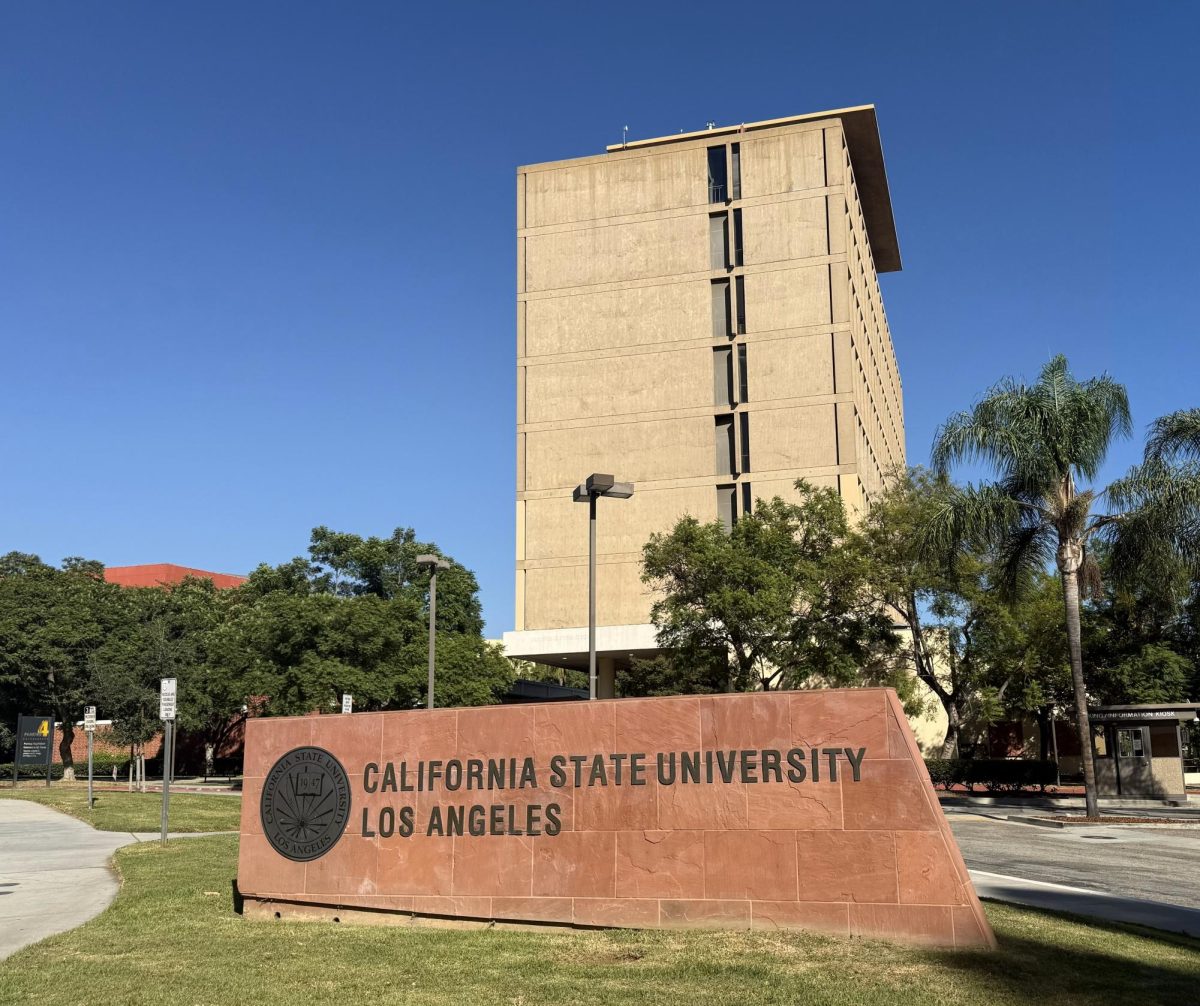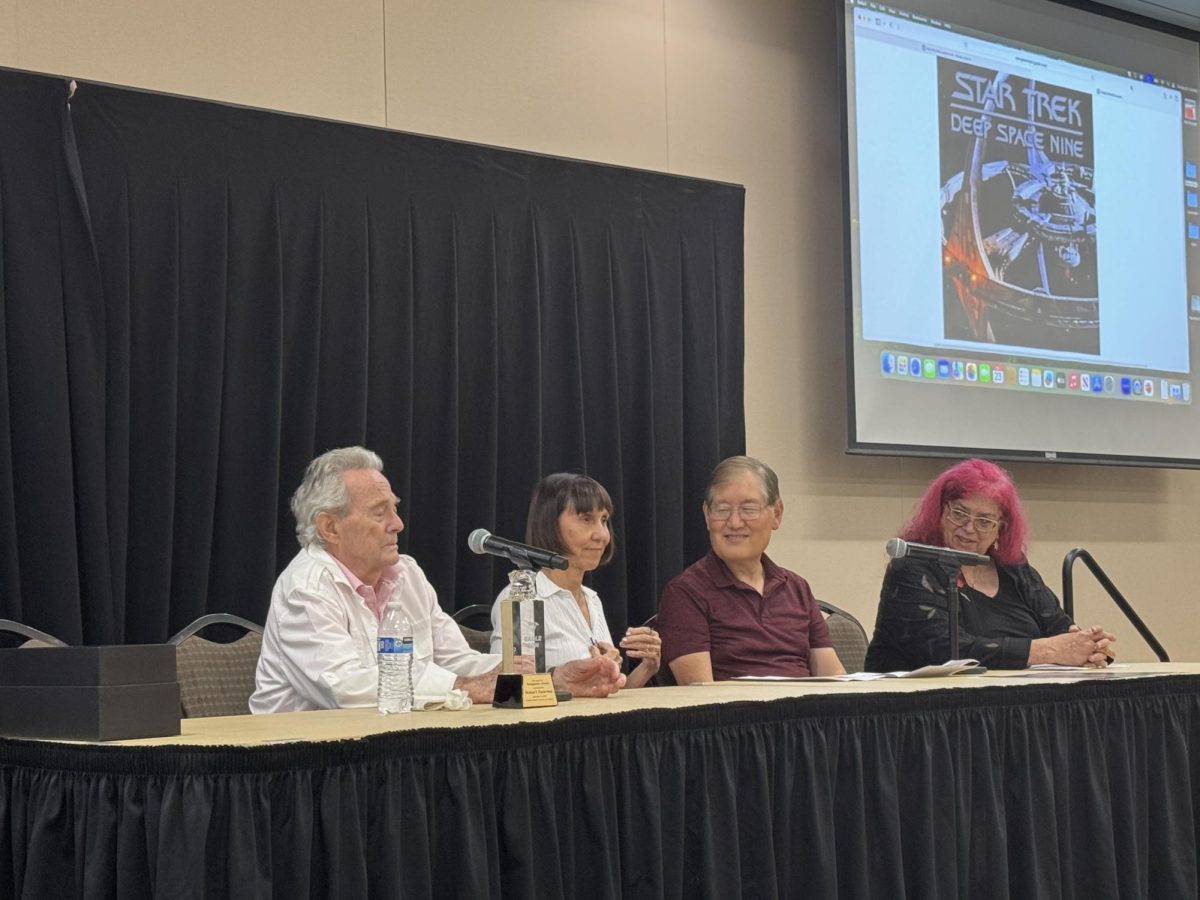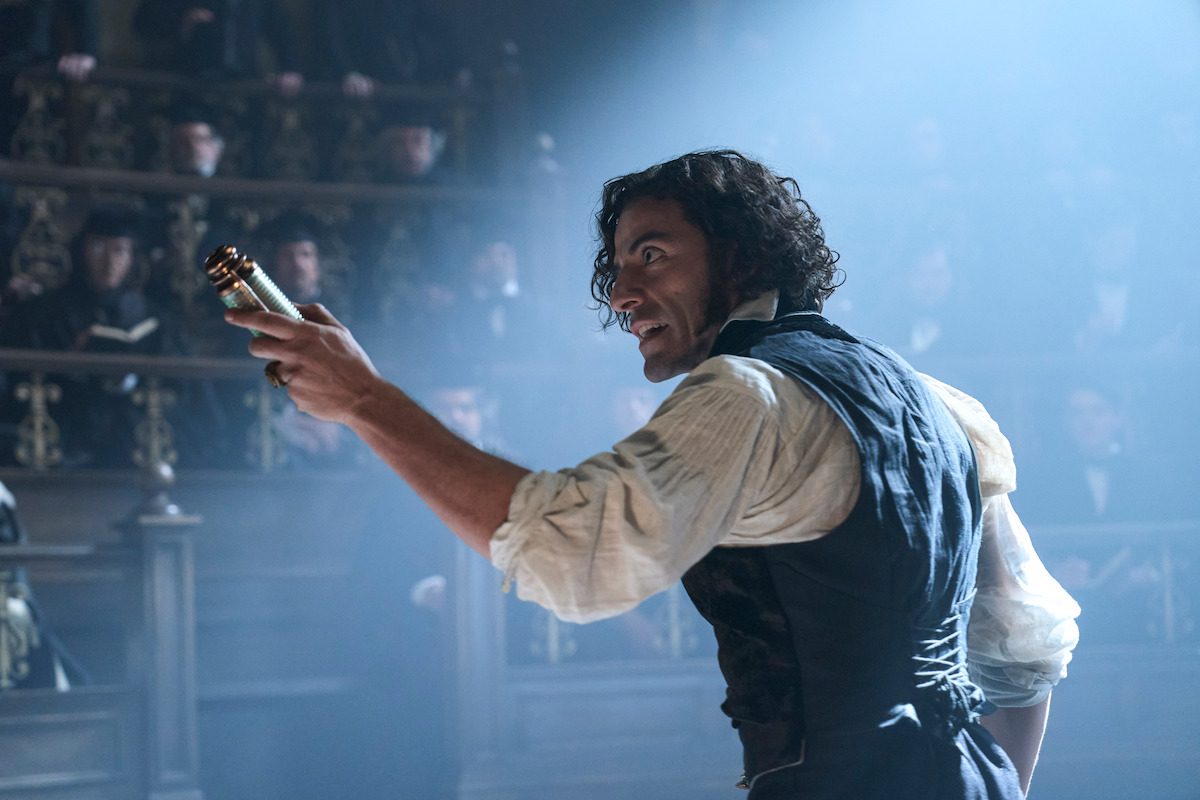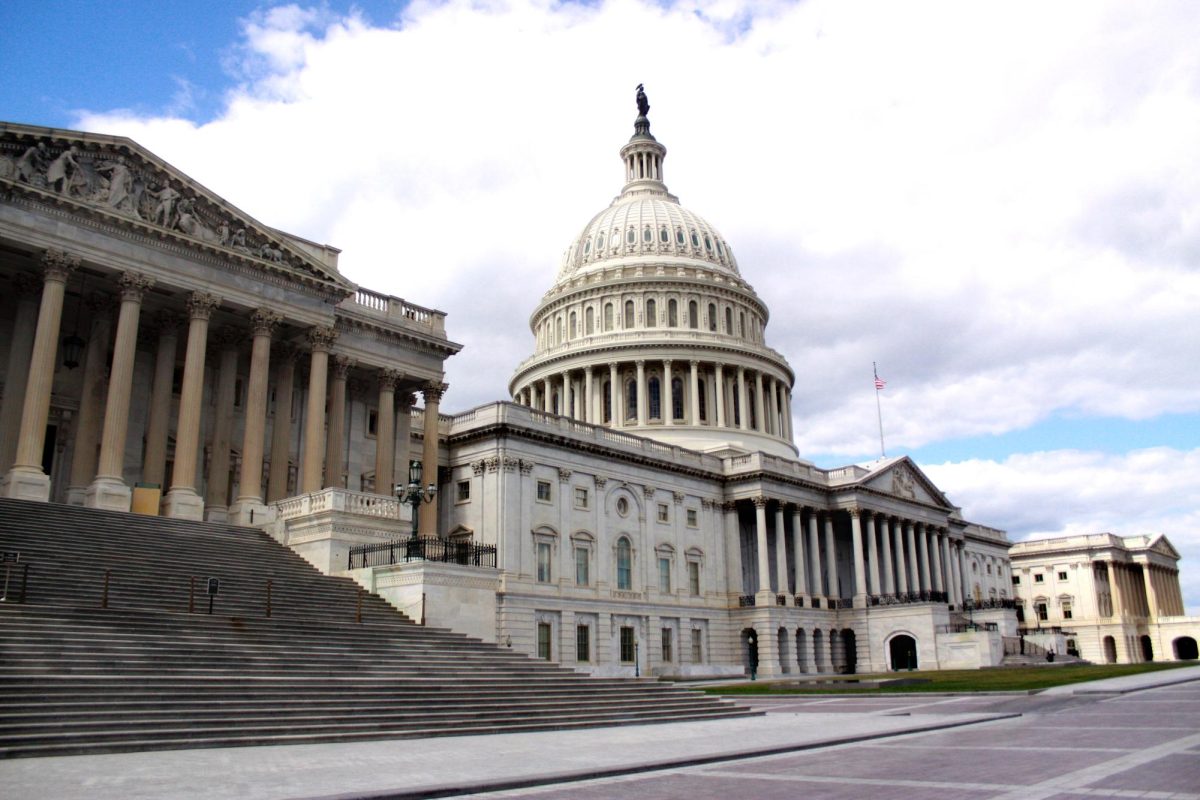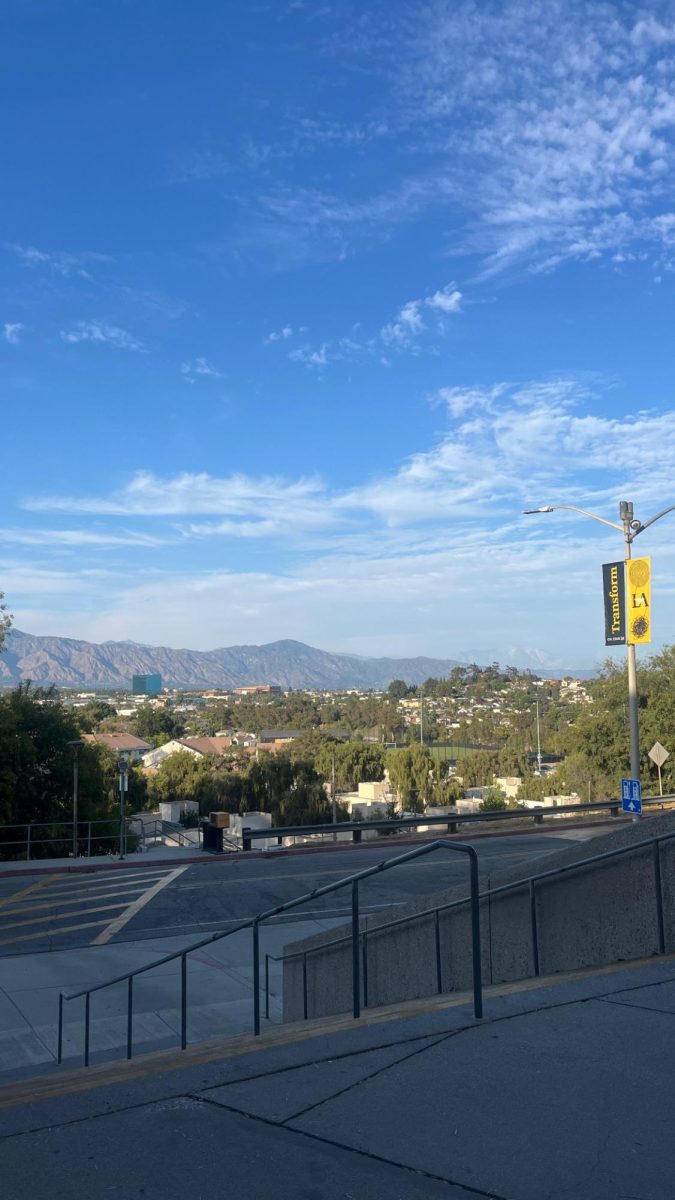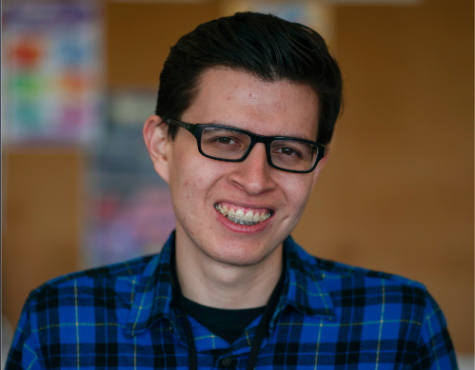California State University (CSU) Chancellor Timothy P. White, publicly announced his retirement on Tuesday. White intends to retire at the end of June 2020, the exact date depends on the process of appointing a new successor, according to a CSU press release.
The 70-year-old clarified that he wasn’t retiring due to age, nor was influenced by the resignation of the University of California President Janet Napolitano last month, but that it’s “best to leave on a high note,” he said in an interview with EdSource.
Cal State LA acknowledged White’s retirement in a schoolwide email that linked to the press release. When asked about White’s retirement, campus spokesperson Robert Lopez had no comment since it’s a CSU “system wide issue.”
White, who held his position since 2012, aimed for drastic reform during his tenure. In 2016, his administration launched the Graduation Initiative 2025, which has lifted graduation and retention rates to record numbers.
“Student enrollment has increased from 436,000 to more than 480,000 students,” the press release stated. “The CSU now confers more than 125,000 degrees each year, and graduation rates for both first-time and transfer students are at all-time highs.”
The progress made under Graduation Initiative 2025 is White’s proudest achievement as chancellor, he told EdSource.
However, as the L.A. Times noted last week, Cal State LA had a less dramatic increase in its four-year graduation rate compared to the overall trend across the CSU system.
“At Cal State Los Angeles, the four-year graduation rate for first-time freshmen has improved only to 11 percent, compared with six percent four years ago — leaving a stretch to reach its goal of 30 percent by 2025,” according to the Times.
In comparison, Cal State Long Beach, which “has outpaced the overall [CSU] system in its progress,” went from 16 to 34 percent in the same time span.
White asserted “as long as funding for improvement programs continue,” the goals under the initiative can be met. When asked by EdSource about the lower performing campuses, he responded, “students always vary across the campuses,” hence the disparity between certain schools, according to White.
During his time as chancellor, White has drawn controversy over some administrative choices.
“In 2017, he revised the general education requirements across all 23 campuses to make them uniform. The move spurred protests by faculty and students at Cal State Northridge, who said the change would undermine ethnic studies and other courses about diversity that were a requirement at its campus,” according to another article from the Times.
The Times also reported other instances where White drew scrutiny. In 2016, CSU faculty nearly went on strike over pay; in 2017, he raised salaries for “top-executives” and raised tuition.
Conversely, the chancellor started an initiative to study student needs and provide resources. Under his direction, the CSU Basic Needs Initiative was launched. The initiative included studies to track food and housing insecurity among students, as well as provide resources such as food pantries or food distribution programs.
CSU aims to determine White’s successor “by the end of the current academic year.” As stated in the press release, in November and December, a “listening tour” will be hosted by the committee to determine the next chancellor. The tour will seek input in forums across California.
ASI President Aaron Castaneda was asked by the UT what he hopes to see in the next chancellor: “I want a chancellor that is student focused; that is devoted to making sure that every student in the CSU [feels] like they [are] welcomed [in] an inclusive community and campus.

